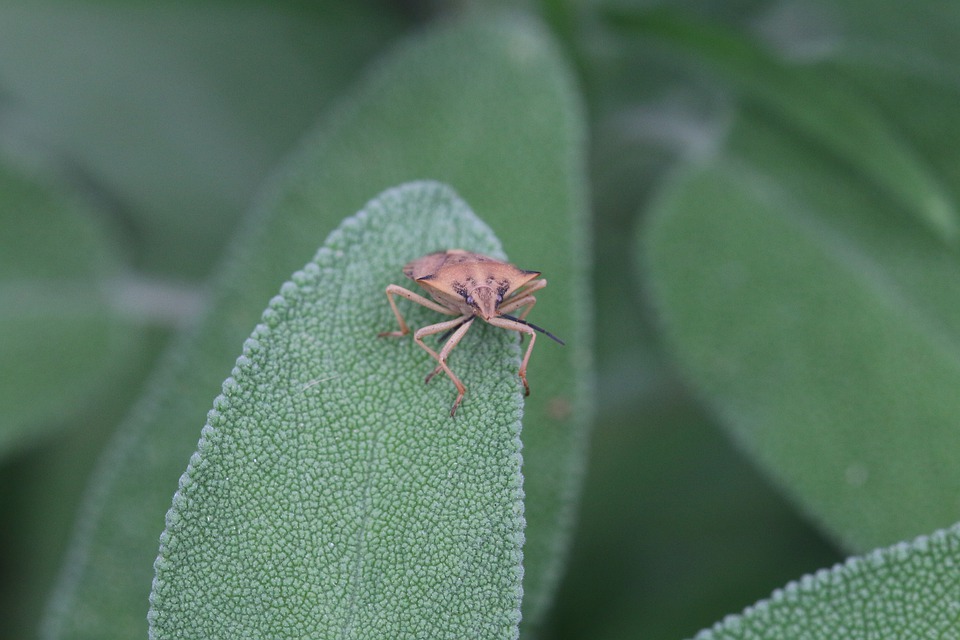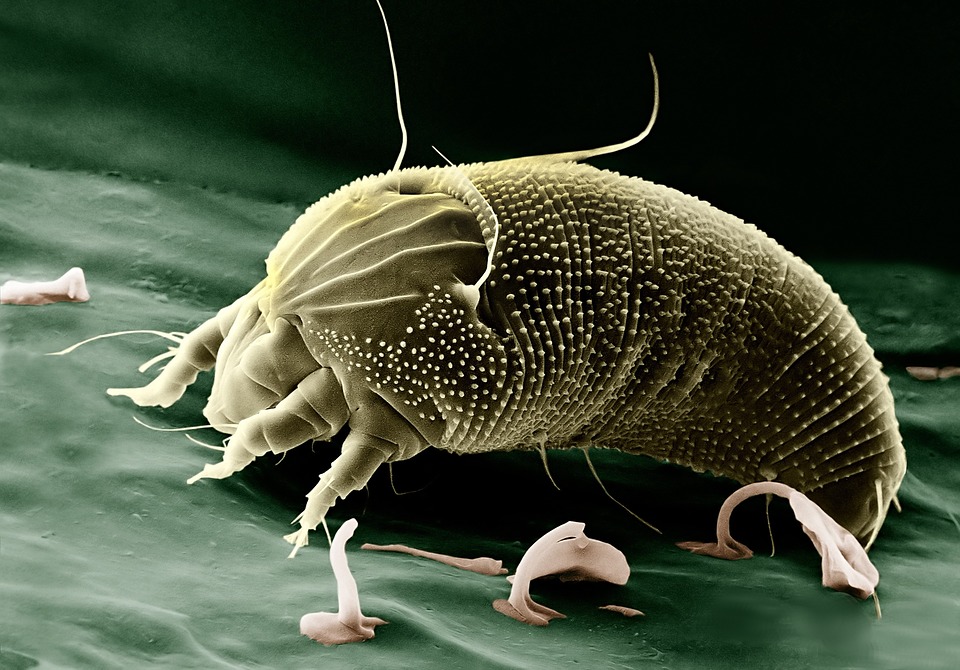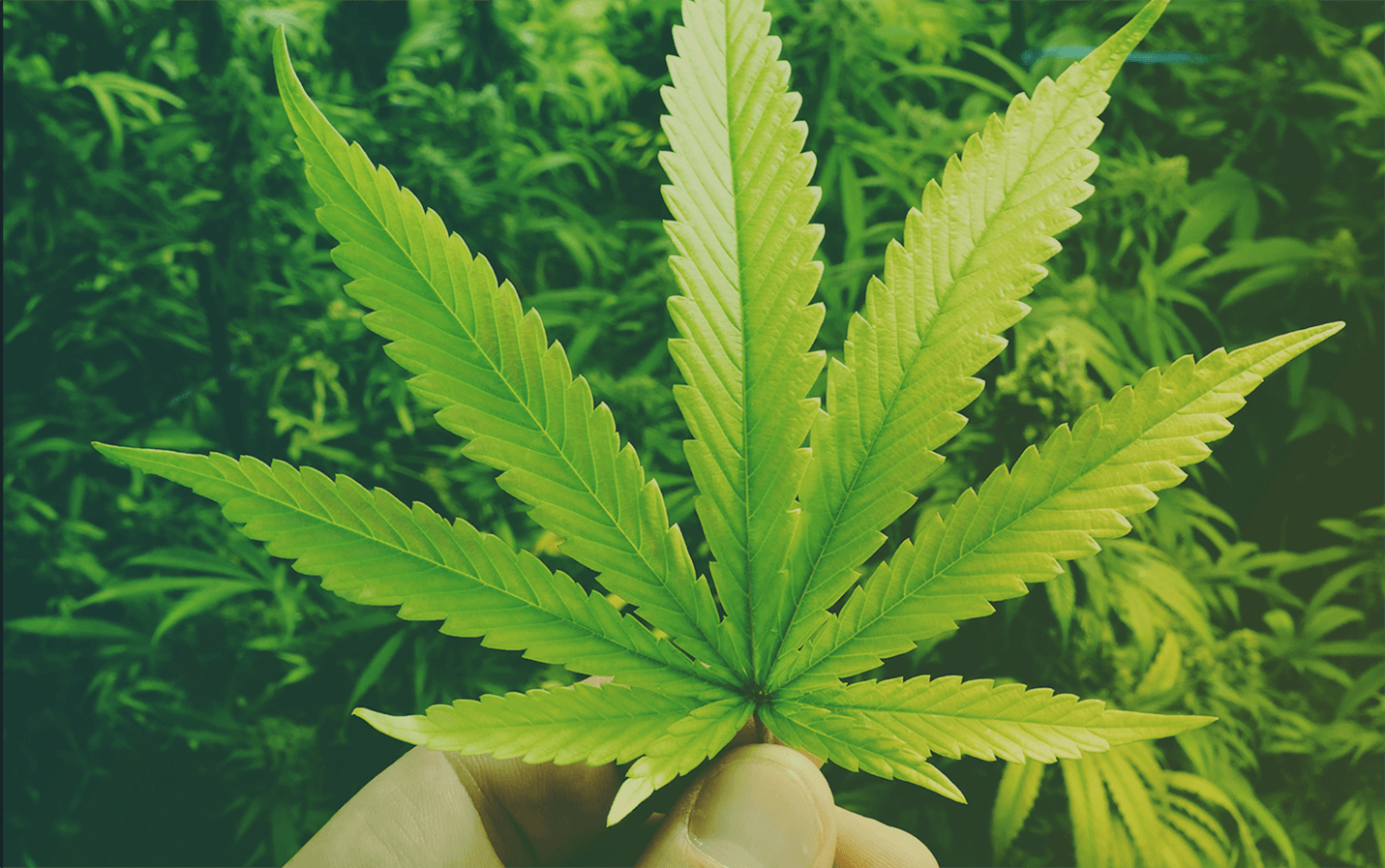In this article, Growers Network talks important tips when developing and implementing an IPM plan to prevent Pests, Mold, and Mildew in your cannabis grow.

Are you interested in learning how to cultivate cannabis? Then be sure to check out Growers Network University. Free grow courses that will get you up to speed fast!
Mold, Mildew, and Pests are common problems most cannabis growers will encounter at some point in their garden. In this article we are going to discuss creating an IPM strategy, common mistakes that can occur and some tips on how to avoid them in order to grow and provide access to the best and cleanest medicine possible.
IPM or Integrated Pest Management is a holistic approach to growing crops and managing pests. The International Code of Conduct on Pesticide Management provides the following definition, “Integrated Pest Management (IPM) means the careful consideration of all available pest control techniques and subsequent integration of appropriate measures that discourage the development of pest populations and keep pesticides and other interventions to levels that are economically justified and reduce or minimize risks to human health and the environment. IPM emphasizes the growth of a healthy crop with the least possible disruption to agro ecosystems and encourages natural pest control mechanisms.”

Well devised IPM strategies will result in reductions in pollution from pesticides and pesticide run-off, reductions in worker exposure to toxic pesticides, and most importantly for cannabis consumers, controlling pesticide contamination in consumed cannabis and cannabis products. This matters significantly to the consumer. In states that have legalized for recreational purposes it matters equally to the producer since regulations are in effect requiring cannabis products to be tested for a variety of pesticide residues which have been banned for cannabis production. Every rec state has a list of banned and allowed pesticides for cannabis production. And in every state, the banned list dwarfs the allowed list. Conventional pesticide approaches tended to involve the use of products such as neonicotinoids which take a nuclear, “kill 'em all and let God sort 'em out” type of approach to pest management. This type of strategy in agriculture has created massive reductions in global insect populations over the last 30 years. From a greater environmental perspective, good IPM practices result in healthy insect populations, which ultimately are at the base of the entire global food chain. IPM really is all about acting locally and thinking globally.
Good IPM strategy involves being able to identify pests and problems early, evaluating the damage or potential for damage to occur (both environmentally and monetarily) and understanding and evaluating the options available for managing the situation. These options are commonly understood in IPM strategy as falling under the headers of: Cultural Controls, Mechanical or Physical Controls, Biological Controls, and Chemical Controls.
Implementing an IPM strategy is more about critical planning and harm reduction than anything else. It begins with implementing very simple common-sense approaches to crop production. One of the first steps to good crop management involves the concept of Cultural Controls. This can involve annual crop rotation, symbiotic companion planting, and choosing crops or strains that are well adapted to the environment. For cannabis producers, critically examining the length of your season, typical annual humidity cycle, and temperature ranges in your locale and choosing cultivars that are well adapted to that environment is key because this choice ensures healthy plants which are less susceptible to pests. Choosing good companion plants is one of the easiest, cheapest, and most beneficial Cultural Control options to be considered. Choices involve co-growing plants with your cannabis that either thwart and repel pest species or alternatively, plants that may be preferred by pest species so that the pests choose to congregate on those plants rather than the cannabis. Yarrow, marigolds, chamomile and sunflowers are common annual choices and many common herbs such as garlic, thyme, and peppermint will contribute their essences toward the cause of pest free cannabis.

Mechanical or Physical Controls are mechanisms that can be utilized in both indoor and outdoor environments. It involves using tools like indicator cards (sticky traps) to help in early identification and diagnosis. Other tools that can be used both indoor and out are using tools that create barriers (fencing, screens, or even sound wave generation.) In indoor environments this can include the use of Tyvek suits and shoe covers, a clean room with a windscreen to prevent pests from entering grow spaces, hermetically sealed grow rooms, quarantine areas for observing new plants that could be vectors for pests etc. It can also take the shape of utilizing humidity control relative to the preferences of specific pest species; i.e., during a spider mite outbreak increasing relative humidity to control the growth of the population, or transversely, reducing humidity in response to mold or powdery mildew growth.
Biological Controls involve utilizing living organisms to control pest outbreaks. This includes things like culturing an environment for and introducing various beneficial insects, fungus, or bacteria. Beneficial insects which prey upon pest species include predator mites, ladybugs, and praying mantises. There are also beneficial bacteria which exhibit pesticidal characteristics such as Bacillus thuringiensis, which is commonly used to treat caterpillars. Beauveria bassiana is a fungal species that will infect certain pest species and can be helpful for treating aphids and thrips. Beware that as a cannabis producer the product testing required for cannabis products in many states require a TYM (Total Yeast and Mold) test. The TYM tends to only broadly test for total micro biological content without making distinctions between beneficial or not, so the very presence of the beneficials can cause a producer’s entire harvest to be at risk of being refused market entry and possibly even being confiscated and destroyed. Utilizing these biological controls can also be difficult because the environment needs to tailored to harbor and be hospitable for them. If a ladybug or preying mantis sees greener pastures elsewhere, they will readily depart. Predator mites like the pest mite species are sensitive to environmental conditions such as temperature and humidity, so creating a hospitable environment for the predator mite also requires creating a hospitable environment for the pest species.
Chemical Controls, rather obviously, entail the use of chemical pesticides and in most IPM strategies are the option of last resort. In conventional agriculture, the term “Preventative Maintenance” describes the application of a broad spectrum, systemic pesticide that typically goes against all IPM strategy and really connotates a “take no prisoners, kill em all” approach to pesticide application. In cannabis, most of those types of pesticides are not allowed for use at all and the application thereof will typically cause a producer’s entire harvest to again be at risk of being refused market entry and almost certainly being confiscated and destroyed. The lists of approved pesticides for cannabis in every rec state include biological controls (although some of these will cause TYM test failure) and FIFRA 25B exempt products. These products are items that the EPA has labeled as minimum risk pesticides and typically involve the use of horticultural oils, insecticidal soaps, and essential oils. In the cannabis arena specifically there is a new understanding of the use of the term “Preventative Maintenance.” It has come to mean using these minimum risk pesticides preventatively, or applying a low dose of these types of products on a re-occurring basis in order to be proactive rather than reactive. Hence, FIFRA 25B exempt product will often have instructions for 2 separate distinct specific dilutions for the product: one for treating infestations, and another for preventative maintenance applications.

These minimum risk pesticides often contain some type of nontoxic oil or oils. Soybean oil, peppermint oil, and mineral oil, are common and typically coupled with a soap to act as an emulsifier. Many of these products make claims that they can prevent and treat a broad range of pests as well as mold and mildew. Unfortunately, most of them don’t contain the variety of oils necessary to achieve these results.
In our experience there is one product that all the pros are using and is definitely worth an honorable mention. That product is Trifecta Crop Control. Trifecta Crop Control contains a wide variety of essential oils including Thyme, Clove, Garlic, Peppermint, Rosemary, and Geraniol, as well as Corn Oil which constitute a product that is scientifically proven to be effective against a broad range of pests as well as mold and powdery mildew because each ingredient has separate and distinct functions. Peppermint acts as a reproductive inhibitor. Clove oil kills mold and mildew. Garlic, rosemary and thyme are powerful repellents. Corn oil acts as a suffocant.
Trifecta Crop Control is also unique in having been made with special equipment that creates a nano-emulsion out of the oils. When the product is being mixed it goes through a propriety high shear milling process that makes the oil droplets nano sized when they disperse in water. The result is a crystal-clear diluted product that does not separate in the applicator tank. Therefore, it does not need constant mixing to stay together. When it applies to the plant it goes on in a uniform even manner, while the tiny droplet size prevents the oils from choking off the plant’s ability to respire.
When creating an IPM strategy in conventional agriculture, typically one looks first to every other option; Cultural, Mechanical, and Biological before choosing Chemical. Fortunately, minimum risk pesticides such as Trifecta Crop Control allow producers to find an agent that complements and works directly with each of the above strategies without the negative environmental and safety repercussions that occur with indiscriminate use of conventional pesticides.

As noted earlier, companion plants are one way to exhibit Cultural Control. A product such as Trifecta Crop Control contains essential oils from many of the companion plants that could be cultivated. When applied as a preventative maintenance application, there will be a similar effect upon the cultural environment.
This low dose, minimum risk pesticide approach also works well with the utilization of mechanical controls. In both indoor and outdoor environments, indicator cards are a producer’s best friend - allowing them to stay ahead of the pests and catching them while the populations are low before full blown infestations happen. Using indicator cards will allow you to decide to transition from a preventative maintenance dose to an infestation dose before an infestation gets completely out of control.
It is also very helpful to be able to utilize control of humidity when spraying minimum risk pesticides like Crop Control, which can greatly increase the treatment’s effectiveness by simultaneously creating environmentally inhospitable environments for the specific pest species. For instance, when treating spider mites, use whatever mechanical controls are at your disposal: increase the humidity, turn off all air circulation and utilize the moisture to your advantage. Conversely, when treating Powdery Mildew, aim for low humidity. Increase air movement and circulation, turn on every fan at your disposal, and spray an hour or so before the light cycle starts so that the water from the spray evaporates rapidly. In outdoor environments this can translate to spraying for Spider Mites at dusk and treating Powdery Mildew at dawn.

Trifecta Crop Control can also be used in conjunction with some biological controls. It is gentle enough that ladybugs and praying mantises are typically not impacted by it. When using other biological controls such as predators or beneficial microorganisms, rotation with a minimum risk pesticide and allowing a week or two without any spraying while the beneficial species does its work can be necessary.
This type of preventative maintenance application is ultimately very economical for high value crops such as herbs, flowers, grapes or cannabis. Trifecta Crop Control uses a ½ to 1 oz/ gallon dilution for most preventative applications and 2 oz for treating most infestations. The Trifecta company has calculated that it costs $.40-.80 throughout the entire life cycle for a large outdoor cannabis plant to be sprayed with a preventative maintenance dose. It’s a small amount of revenue to spend for a whole lot of peace of mind.
Keep in mind that these products are not panaceas. There are some pest species that they are more effective against, and other that they are less so. As a preventative, they do a great job keeping most plants clean but some infestations are easier to treat than others. Sometimes beneficials are needed in the rotation. This is why overall IPM strategy is so important. Careful planning, understanding your environment and picking the correct strains and companion plants can save you thousands of dollars. Building out functional systems, identifying problems clearly and early, and bringing all the systems described in this article to bear in a systematic way are so crucial to success for the modern cannabis producer.
10 Best Gift Ideas for Cannabis Connoisseurs and Growing Aficionados (2022)
December 7, 2022Developing and Optimizing a Cannabis Cultivation System
December 14, 2021Dealing with Insomnia: How Can CBD Help?
December 10, 2020Your Guide to Sleep and CBD
December 7, 2020
Do you want to receive the next Grower's Spotlight as soon as it's available? Sign up below!
